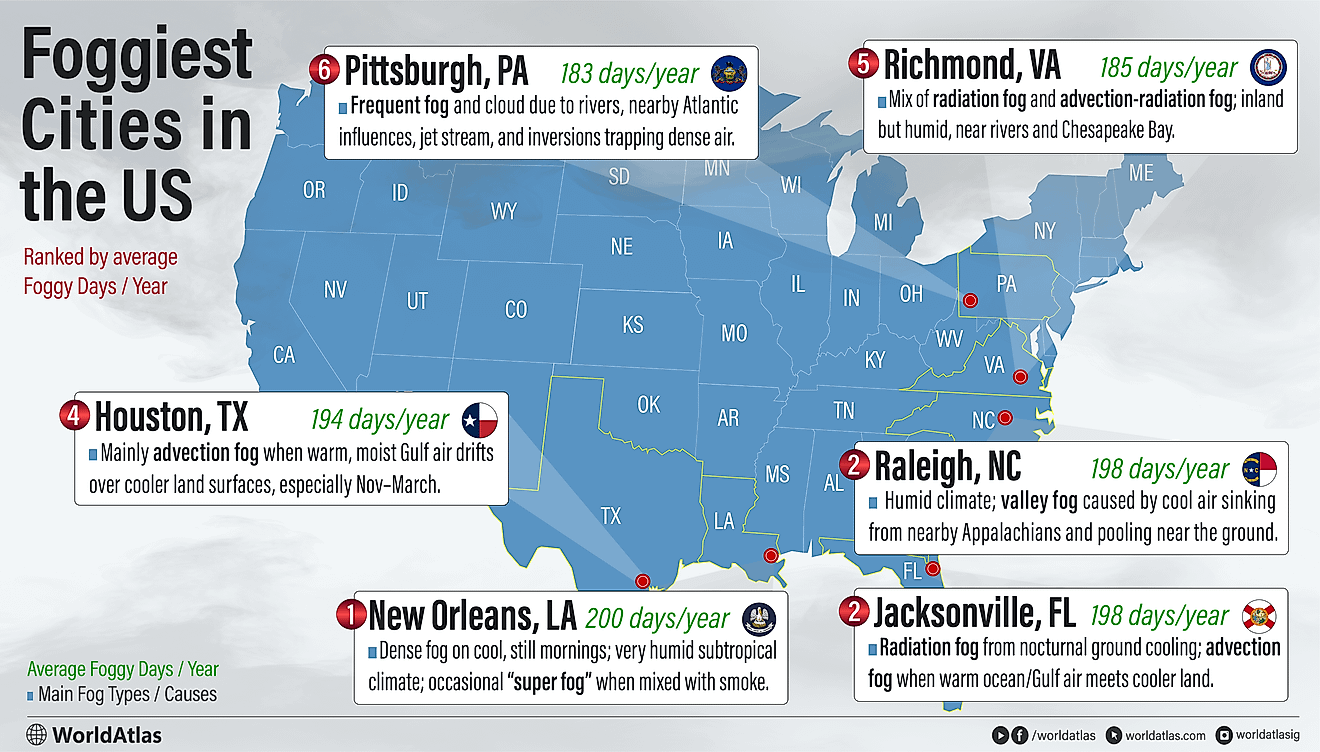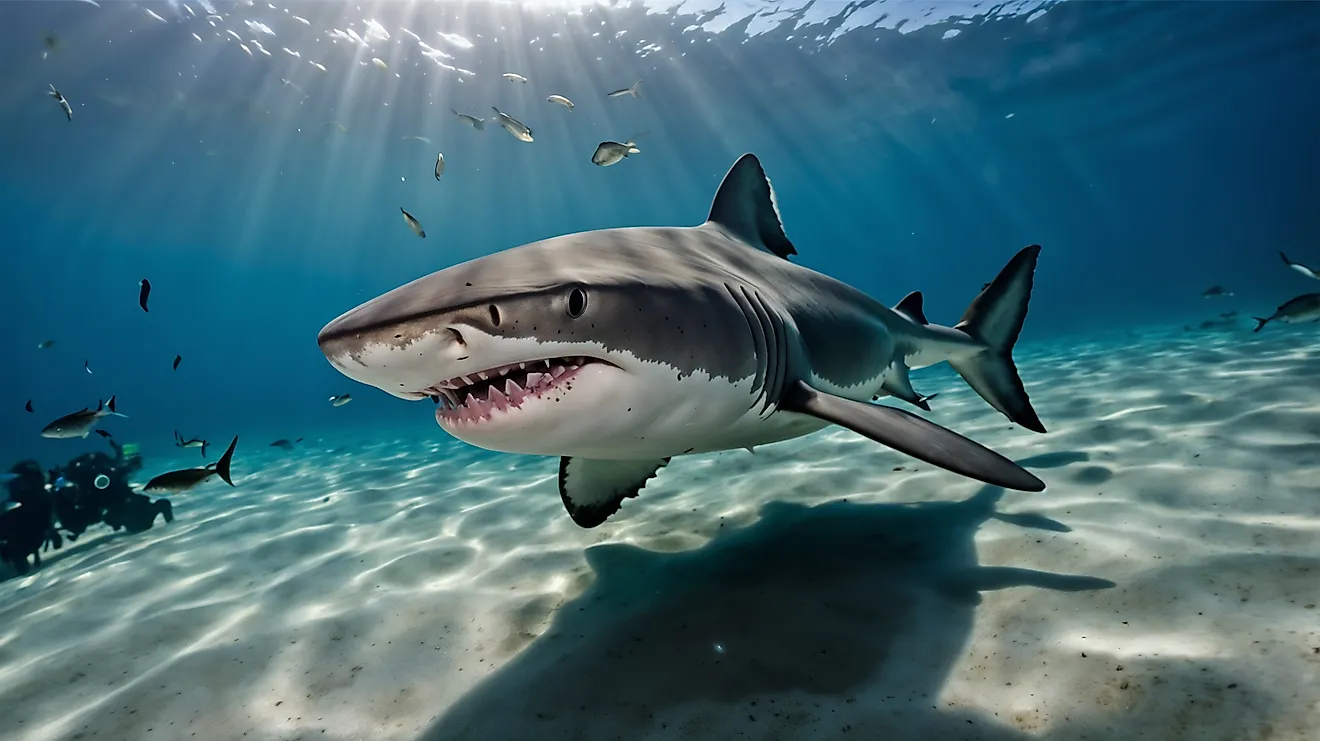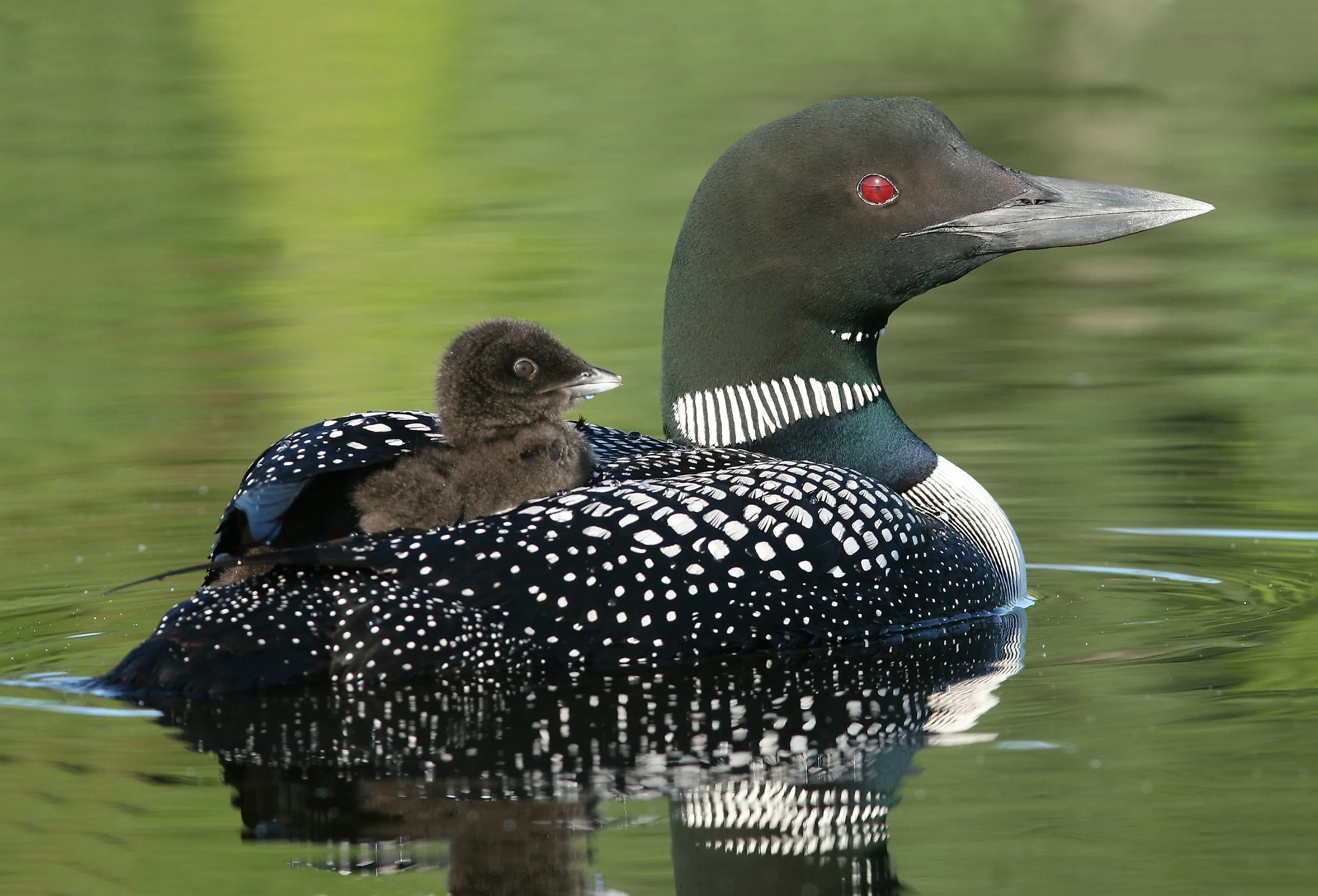
The 11 Most Beautiful Wild Animals in Canada
Canada is the second-largest country on the planet, and one of the most ecologically diverse. It contains four great lakes, multiple mountain ranges, Arctic sea ice and tundra, golden prairies, rainforests, and its coastlines connect to three different oceans. As such, there are endless numbers of fascinating animals – each adapted to the (typically) challenging environments in which they tramp, swim, or soar. Uncover the most beautiful creatures found throughout this vast and varied nation. While beauty is subjective, and many of these wild animals have a darker side to them, the sheer size, interesting fur/feather/or scale designs, behavior, and/or cultural importance of these eleven Canadian entries are tough to argue with.
Grizzly Bear
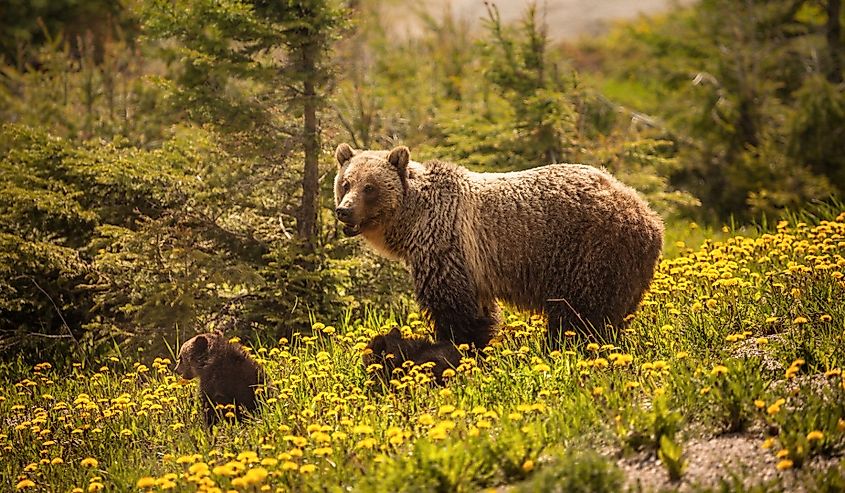
The grizzly bear (Ursus arctos horribilis) is a North American subspecies of brown bear and is a favorite animal among many nature enthusiasts. Typically dark brown in color, (occasionally they exude blonde or black fur), grizzly bears can be identified by their distinctive shoulder humps. While capable of taking down enormous prey (including moose), they are omnivores, and tend to rely on berries, nuts, and grass for the vast majority of their diet – with smaller mammals and salmon filling in the gaps.
Grizzly bears live in Western Canada – throughout British Columbia, Alberta, and Yukon, and to lesser degrees, the Northwest Territories and Nunavut. Mascot to Vancouver's defunct NBA team (now the Memphis Grizzlies), and long revered in Indigenous cultures, the grizzly bear is a true Canadian icon.
Polar Bear
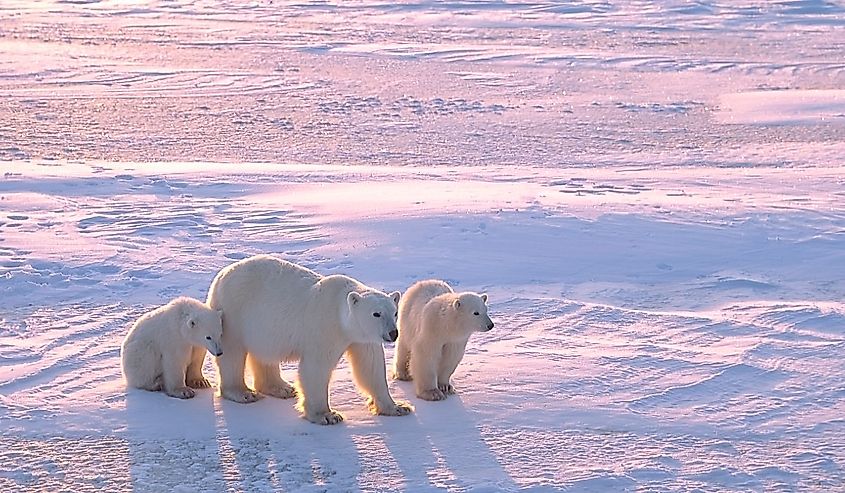
Adoration for bears does not end with the grizzly. All three Canadian ursines are beautiful in their own special ways. The brilliant white coat of the polar bear (Ursus maritimus) helps it camouflage against the Arctic sea ice on which it predominantly roams. North America's largest carnivore (able to grow between 7 to 8 feet tall, and weigh between 900 to 1,600 pounds) depends on a diet almost exclusively of ringed and bearded seals. But with a hunting success rate of about 10 to 20%, this is hard work in one of the planet's coldest and most unforgiving environments.
Lately, because the sea ice has been forming later into the fall and receding earlier in the spring, the Kings of the Arctic have been forced to spend more time on land, bringing them into closer contact with humans. This phenomenon has also made the polar bear the de facto-poster species of climate change. They are currently classified as Vulnerable on the IUCN Red List.
Black Bear
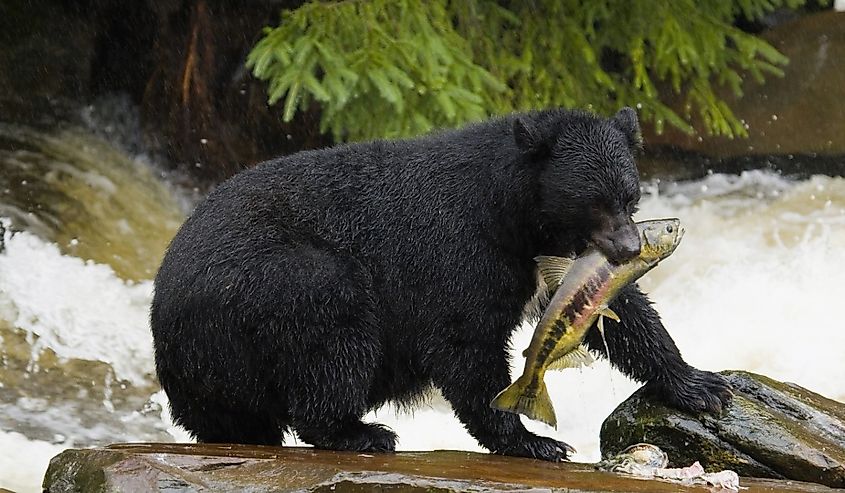
The smallest of the three North American bears is also the most common. Black bears (Ursus americanus) live in every Canadian province, except for Prince Edward Island. Though common black in appearance, the name is, once again, slightly misleading. They have been spotted with brown, dark red, and bluish-gray coats, and in British Columbia's Great Bear Rainforest, there is a population of black bears that have creamy-white fur. This unique subspecies is called the Kermode Bear, or, because of its significance to the local Indigenous people, Spirit Bear.
Because black bears are excellent climbers, they love living in forests. Like grizzly bears, they are omnivorous (with meat making up the minority of their diet), but they also have a propensity for sifting through garbage bins and campsites.
Moose
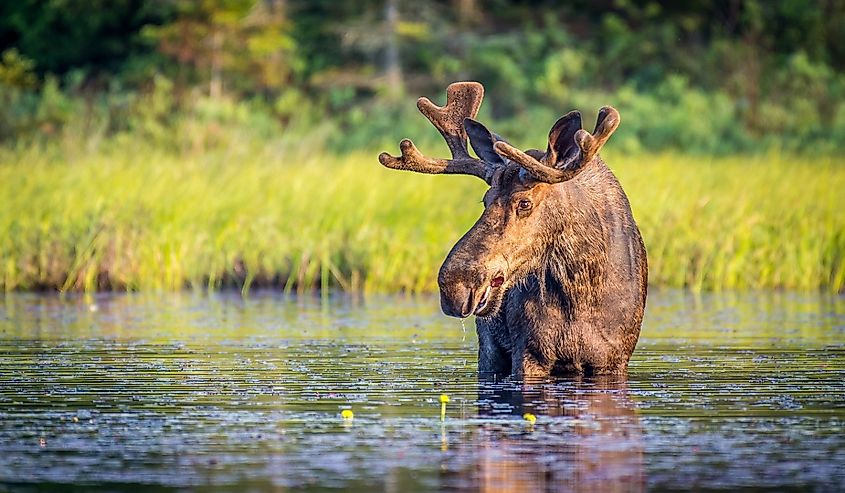
It doesn't get much more Canadian than Moose (Alces alces). Any souvenir shop across the land is guaranteed to have apparel and other memorabilia, with the largest of all deer species prominently featured. Bulls (i.e., males) can reach 1,800 pounds and bare those unmistakable, shovel-like antlers during mating season, and yet, they are surprisingly stealthy and are also surprisingly adept swimmers.
Moose live in most of Canada, save for the Arctic and Vancouver Island. They are particularly common in the easternmost province of Newfoundland and Labrador, and like to be near lakes, muskegs, and streams (their hooves help them navigate the mud, and act as snowshoes in the winter).
Atlantic Puffin
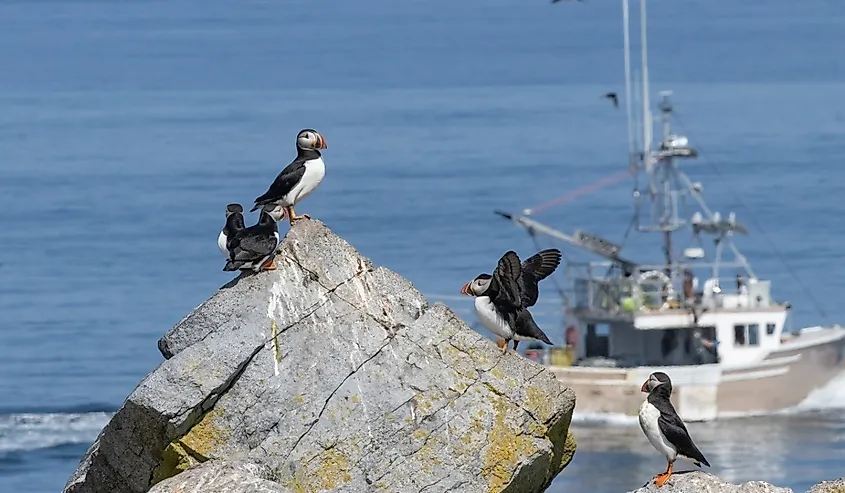
With its short stature, penguin-like coloring on its body, bright orange beak, and lovably-dopey demeanor, the East Coast Atlantic puffin (Fratercula arctica) is perhaps better described as adorable. Though capable enough in the air, puffins spend most of their time on the waters of the North Atlantic Ocean. Using their webbed feet as rudders, these birds can plunge to depths of 200 feet in search of small fish (such as herring or sand eels).
When not hard at work, they can be seen passively riding along the waves. They finally take to the islands and sea coasts during the spring and summer (i.e., mating season) – building nests within rocky cliffs. The parents take turns incubating and feeding the chick (females lay only one egg) and will even reunite annually at the same burrow. How cute!
Grey Whale
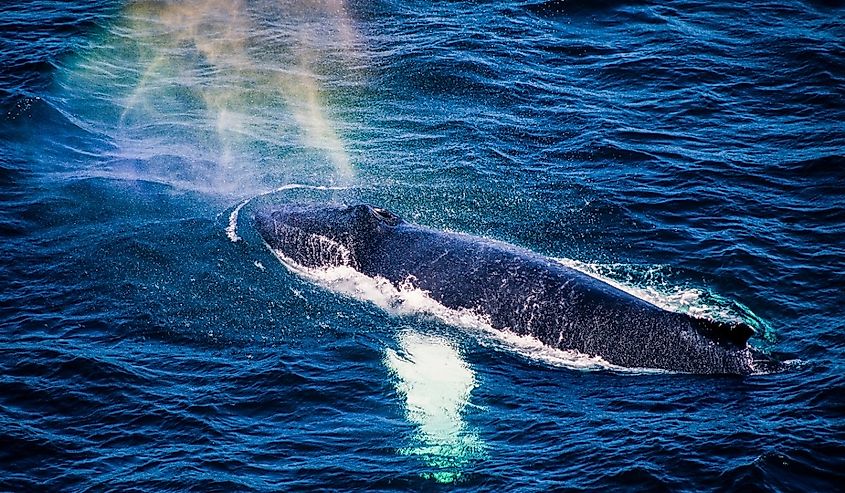
With over 35 species of whales passing through Canadian waters, it's difficult to pick one to highlight. The blue whale is the largest mammal ever to have roamed the Earth (that we know of). The stark white beluga whale pops out of the crisp northern waters. The killer whale also has a distinct aesthetic and displays astonishing social behavior.
But the grey whale (Eschrichtius robustus) is one of the most majestic, and it is a favorite for whale-watching tours (and, therefore, the most palpably beautiful). Grey whales perform massive migrations (both in terms of distance and populations). These baleen whales pass by Canada's West Coast (British Columbia) during the winter and spring migrations to and from the Sea of Cortez. These 100-foot-long creatures tend to stay close to the shore and even exhibit curious (dare I say, performative) behavior around small boats. Hence the success of the corresponding whale-watching tours.
Monarch Butterfly
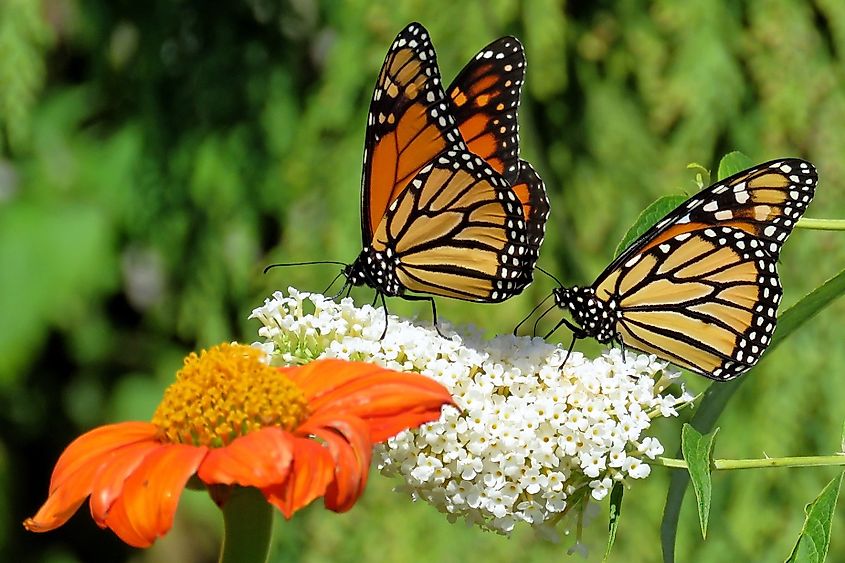
Watching nature seamlessly transition and evolve is beauty incarnate. The changing seasons are an obvious example of this, but one of the quintessential examples from the sentient world is the transition from caterpillar to butterfly. If ever the universe was trying to tell us that change is good, it is through the metamorphosis of the butterfly. In Canada, the monarch butterfly (Danaus plexippus) is the star species. Its large wings (spanning 9 to 10 centimeters) are mostly orange, but with black borders that are covered in white and orange spots.
It uses these to propel itself on an epic migration. Each spring, monarchs slowly fly from Mexico and California to the Southern portion of every province except Newfoundland, before returning in the winter (a process that produces multiple generations en route). They can be found wherever milkweeds grow, but sadly, given the decline of this plant (among other issues), the monarch butterfly has become an endangered species.
Common Loon
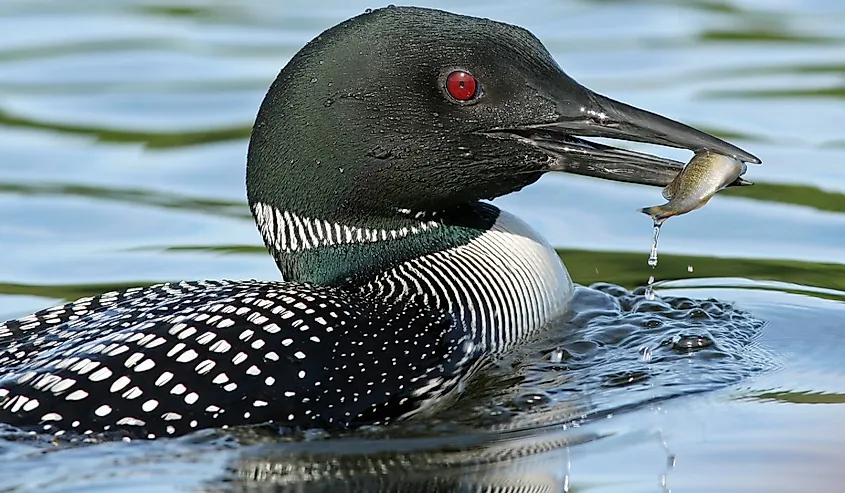
Though it did not quite make the cut to become Canada's national bird (that honor went to the grey jay just a few years ago), the loon holds a special place in every Canadian's heart (and pocket). 95% of the world's common loons (Gavia immer) breed in Canada. No wonder it is featured on the one-dollar coin (affectionately dubbed the "loonie"). Though they come in a variety of colors (ever-changing through the seasons and across the lifespan), the rounded head and pointed bill are a dead giveaway for this diving waterbird.
The call of the loon is also pleasantly familiar, and an expected part of the natural soundtrack for any lakeside camping trip or cottage getaway – regardless of the province or territory. Loons are an indicator species, tipping off researchers and rangers as to the health of an aquatic ecosystem.
Beaver
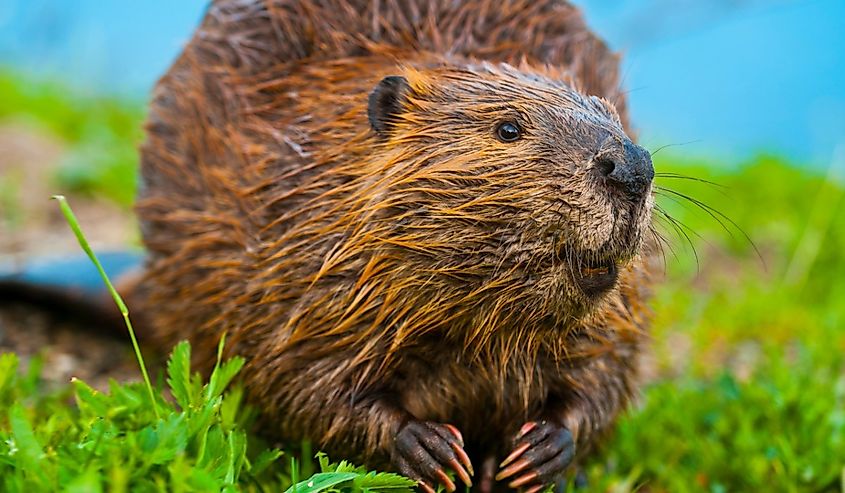
An animal that garnered formal recognition by the federal government is the beaver (castor canadensis) – not just the national animal of Canada but also the national symbol. The friendly beaver represents the former British colony's sovereignty, but once upon a time, it also represented the bedrock of the young nation's economy. Beaver pelts supplied the trend of the late 1600s and early 1700s: fur hats. These became so prolific that the beaver was featured on Canada's first postage stamp. But despite its notoriety, the beaver was nearly hunted to extinction by the mid-19th century. Thankfully, these busy, flat-tailed creatures have fully rebounded and are now listed as least-concern.
Eastern Massasauga Rattlesnake
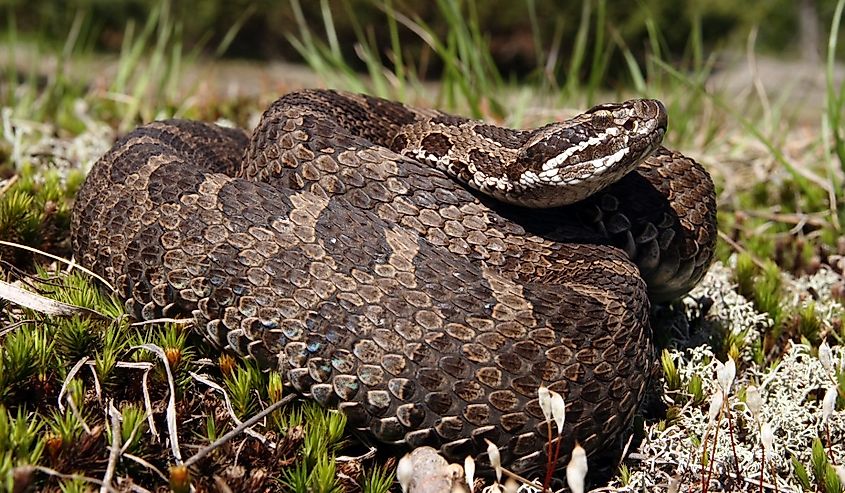
While many people have an intense aversion or outright phobia of snakes, if fairytale logic has taught us anything, it is that beauty contains multitudes and sometimes needs a little coaxing to be revealed. Most people probably don't think of rattlesnakes when they think of Canada, but North of the border, a few species are hanging in there.
The Eastern Massasauga (Sistrurus catenatus) lives only in the Great Lakes-St. Lawrence (Threatened) and Carolinian regions (Endangered) of Southern Ontario. Because of its vulnerability and its potentially harmful venom, these shy serpents should be given a wide berth. But if observed from a respectful distance, they really are quite special. These pygmy rattlesnakes have short, stout bodies, generally with a brown base and darker blotches in the shape of saddles or butterflies. Underneath, they are black, with intermittent light markings. Its head is triangular in shape with dark stripes. And the characteristic rattle gives unsuspecting humans fair warning to steer clear.
Canadian Lynx
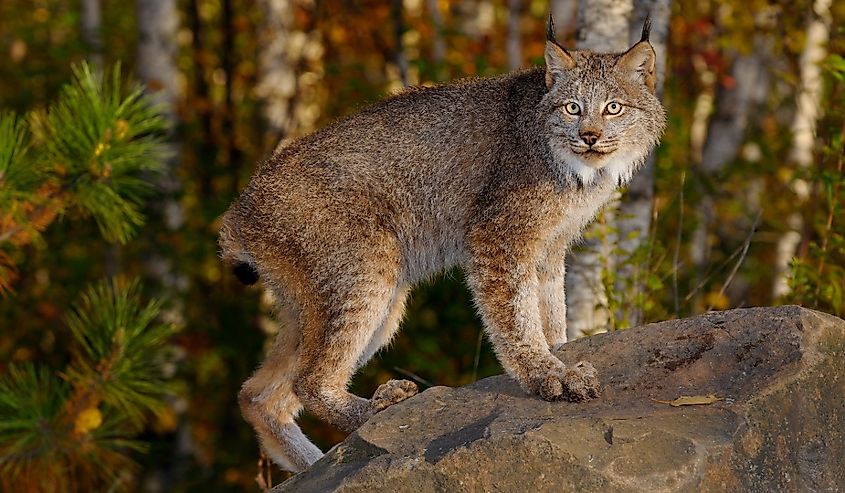
Though not the only Canadian wild cat, the Canadian lynx (Lynx canadensis) subspecies has a short body, long legs ending in webbed paws (that act as snowshoes), and a bobbed, black-tipped tail. In the winter, their coats are thick, long, and grey, whereas in the summer, they become short, thin, and light brown – adaptations to both the seasonal temperature, but also the appearance of the landscape (i.e., camouflage). In addition, the Canadian lynx has triangle-shaped ears with long black tufts, long patches of cheek fur that give them the illusion of wide faces, and large, piercing eyes.
Because they are not particularly fast, this enchanting cat relies on patient ambush tactics to secure its prey (primarily snowshoe hares). The Canadian lynx is remarkably elusive, making rare sightings all the more beautiful.
Canada holds some of the most powerful and iconic creatures found in North America. From t-shirts to currency, to mascots and more, the large mammals of the Great White North are beloved by all (at least, in spirit, and from afar). But seekers of natural beauty would be remiss if they only looked for the preeminent predators. There are smaller beings across the land that add subtle but important shades to the picture. Each animal, great or small, plays an equally important, perhaps even irreplaceable, role in the ecosystem.










